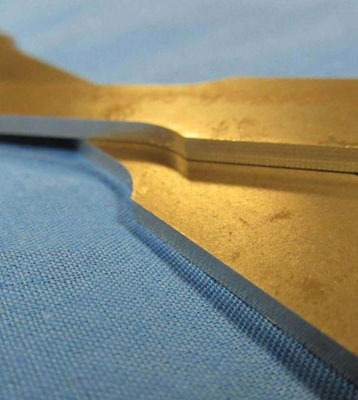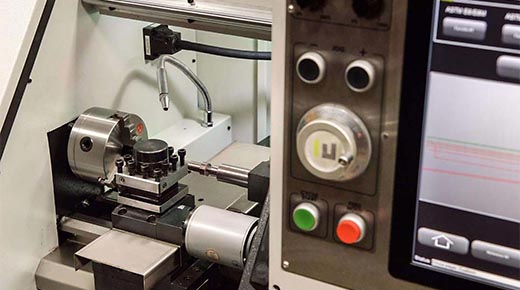Tensile testing of materials is critical to a wide array of industries, which means preparing specimens for testing is equally important. If a specimen is not prepared correctly, the test results will be inaccurate; this is costly if a material fails a test that it should have passed, and potentially catastrophic if it passes a test it should have failed.
|
ADVERTISEMENT |
The basics of specimen preparation
The specimen’s cut is critical to the quality and accuracy of its test results. The sample must not have any jagged edges or nicks. Even the slightest such deformity can impact its tensile strength, affect the ability to receive consistent tensile results from the specimen, and render its test results out of line with other similar specimens.

Once a specimen is correctly cut, it must also be handled with care. Dropping, bumping, or otherwise mishandling the specimen may result in nicks, with the same effect on testing as a bad cut.
…

Add new comment